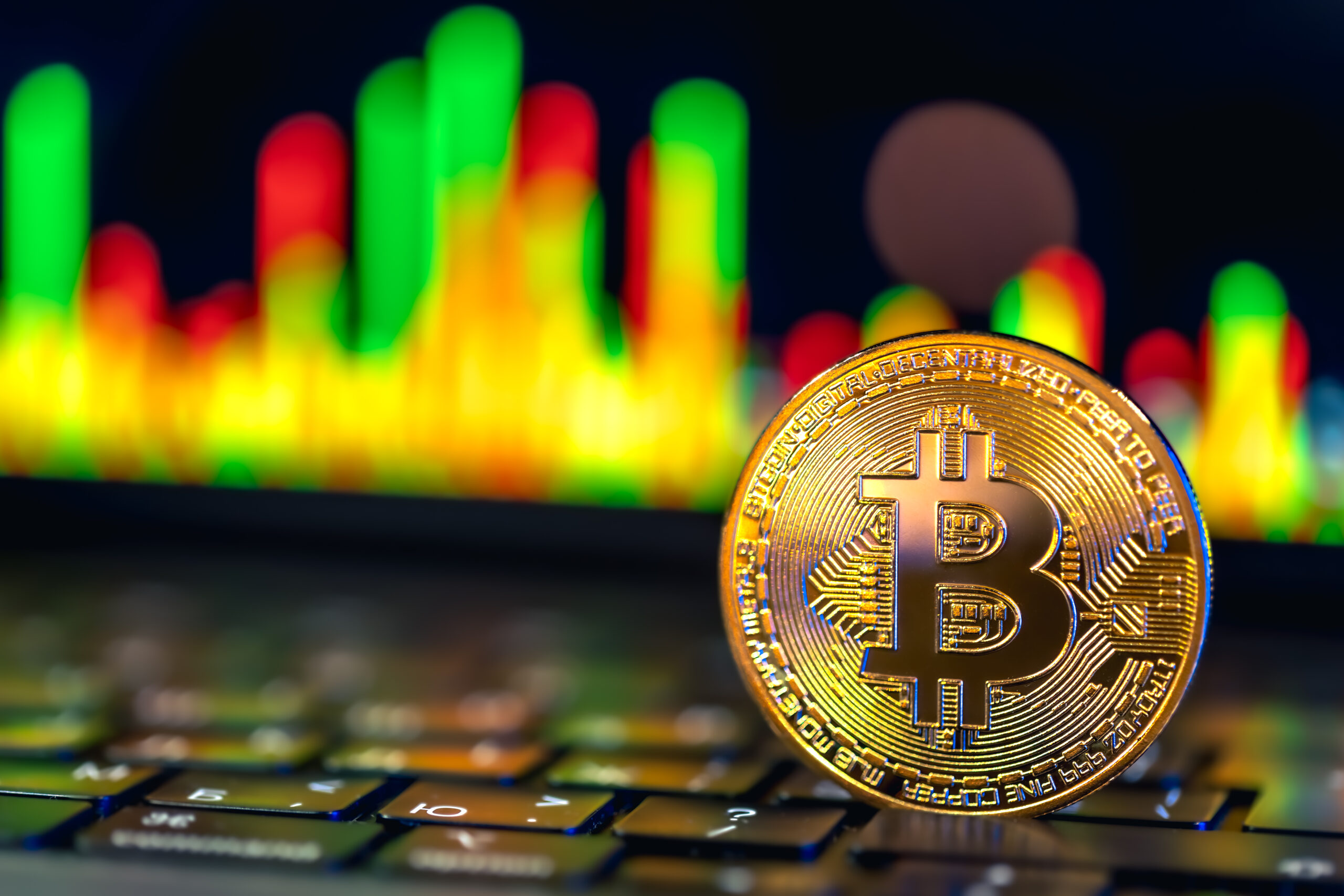
Bitcoin, the driving cryptocurrency by advertise capitalization, is as of now exploring a challenging scene, exchanging underneath the much-anticipated $100,000 edge. This battle comes in the midst of diligent swelling concerns that are by and large hosing investors’ craving for more hazardous resources. In spite of its notoriety as a potential protect against expansion and financial instabilities, Bitcoin has confronted trouble in conclusively breaking through this critical mental boundary, inciting questions around the significant impact of broader macroeconomic patterns on the cryptocurrency advertise.
Macroeconomic Weights Influencing the Crypto Showcase
Over the past year, swelling has developed as a prevailing concern over worldwide budgetary markets. In reaction, central banks around the world, most outstandingly the U.S. Government Save, have executed forceful methodologies to combat expansion by executing a arrangement of intrigued rate climbs. These increments in intrigued rates have had the impact of fortifying the U.S. dollar and supporting the offer of conventional safe-haven resources like gold. Thus, resources seen as more hazardous, counting cryptocurrencies, have gotten to be comparatively less alluring to financial specialists looking for soundness amid financial instability.
Higher intrigued rates regularly lead to a decrease within the in general liquidity inside the money related framework. As the taken a toll of borrowing cash increments, both expansive teach and person retail speculators tend to work out more prominent caution and float towards more steady speculation alternatives instead of unstable resources such as computerized monetary standards. This crucial move in advertise elements has played a significant part in keeping the valuations of cryptocurrencies beneath weight, avoiding a maintained breakout over key resistance levels.
Comparison of Asset Performance Amid Inflation
| Asset Class | 2023 Performance (%) | 2024 YTD Performance (%) |
|---|---|---|
| Bitcoin | +45% | +12% |
| Gold | +18% | +5% |
| S&P 500 | +24% | +8% |
| US Treasury Bonds | -5% | +2% |
Investor Sentiment and Market Trends
Investor trust in cryptocurrency has been eroding because of uncertainty in the wider financial markets. While top assets were adopted in recent times by institutional investors, many mainstream investors are still skeptical about their long-term stability in times of economic instability.
The crypto market has been roiled by regulatory questions in many countries, too. The categorization and regulation of digital assets as determined by governments and financial agencies remains an ongoing debate, which also contributes to investor uncertainty. Tighter rules on energy efficiency in some of the world’s biggest economies – including in Japan, the US, European Union and China – have also added to price slides.
Even so, interest from institutions does continue for crypto investments. Large financial institution also has launched digital currency-based financial products, such as ETFs and futures contracts such that digital currency investors can be exposed to the cryptocurrency market without physically having to hold digital currency. This increasing institutional interest may ultimately lend the stability necessary for meaningful price action.
Crypto’s Potential as an Inflation Hedge
Though digital currencies (e.g. Bitcoin) have frequently been likened to gold in its capacity as a store-of-value and as a hedge against inflation, their success in fulfilling this role is widely-debated. When concerns about the economic outlook increase, it is the classic safe havens such as gold and government bonds that people turn to, rather than crypto-assets which are relatively new and, with a few exceptions, clearly demonstrate high levels of volatility in the market. For those who still have strong faith in the underlying value proposition of such digital assets, though, the inherently-deflationary nature of Bitcoin (a 21 million supply cap) and decentralized nature of digital currencies still potentially make them good long-term investments.
Bitcoin vs. Gold as an Inflation Hedge
| Feature | Bitcoin | Gold |
|---|---|---|
| Volatility | High | Low |
| Supply Cap | 21 Million Coins | No Limit |
| Institutional Adoption | Growing | Established |
| Historical Performance | 1000%+ (Last 10 Years) | 50% (Last 10 Years) |
A few investigators contend that valuations might inevitably surge past current resistance levels once inflationary weights ease and intrigued rates stabilize. The developing appropriation of blockchain innovation by organization speculators and the expanding improvement of computerized money related framework might moreover contribute to long-term cost appreciation.
Additionally, integration into installment frameworks and worldwide commerce seem encourage fortify their part as a store of esteem. Companies such as Tesla, PayPal, and Square have as of now joined cryptocurrency into their installment systems, illustrating its potential as a broadly acknowledged computerized resource.
The Street Ahead for Advanced Monetary standards
Despite the struggles, many experts continue to remain positive about the long-term growth prospects of digital assets. Mainstream adoption, technological innovation and further integration with legacy finance could also lead to new all-time highs at some point.
A second significant force that may shape the future of digital assets is the Bitcoin halving that is soon to occur in 2024. In the past, halving events have resulted in supply shock-induced price increases. If this trend persists, the next halving could drive a bull market.
Conclusion
The fact that Bitcoin is now banging its head against the $100,000 is proof positive of just how much macroeconomic factors, and in particular the state of high-alert investors face regarding inflation, leads the direction for the market. Though these forces have largely kept values restrained in the near-term, the long-teem growth case for digital assets is still prevalent. The global financial environment remains in a state of flux and digital currencies will remain under close scrutiny as an alternative investment class and a supposed hedge against inflation as the world returns to post-pandemic normality – offering plenty of room for investors to bolt speculative trades onto BTC.
Whether experienced cryptocurrency veterans or newcomers to this emerging technological revolution – the pragmatic approach to gaining an understanding of future value under these circumstances is, and will continue to be, embedded in the constant awareness of overall macroeconomic direction, regulatory changes, and technical innovation within the blockchain world. While short term volatility is expected to continue the long term thesis for digital currency to revolutionise global finance in the future is as strong as it was.
Further Reading:





